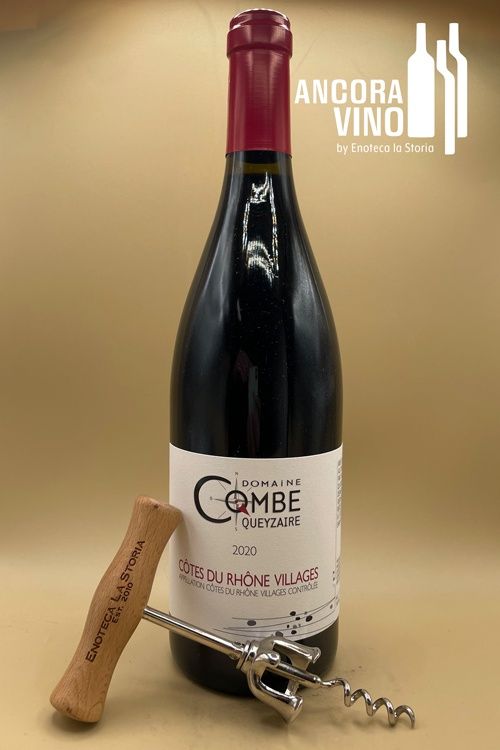2020 Domaine Combe Queyzaire Côtes du Rhône
The blend is roughly half Grenache and half Syrah with a touch of Cinsault, all farmed organically. This wine comes from sandy loess soils and calcareous soils (limestone for the Rhône is a rare terroir and can give real lift to a wine), and is aged in concrete tanks. Both grapes are de-stemmed but not crushed, which permits a level of carbonic maceration (thus greatly reducing SO2 additions--which is, in fact, the only addition, and a very small one at that). Native yeast fermentations, bottling unfined and unfiltered.
The wine’s delicious, juicy and fresh and bursting with sweet red raspberry fruit, a hint of red licorice, and captivating accents of incense and garrigue. Super-fine, ripe, tannins coat your palate and climb your gums, squeezing out even more flavor on the fresh finish. Really vibrant, delicious, Cotes du Rhone that’s almost too easy to drink.
Denis Deschamps grew up in the Alpine foothills of Savoie. After earning degrees in enology and viticulture, he took up consulting in 1996 in the completely different terrain of the southern Rhône Valley. In 2000 he took a gig in production at the Estézargues co-op, further south on the right bank. You know this small co-op’s wine even if you think you don’t: many of its members’ brands are omnipresent in the US market. In the 1990s, the cooperative became a model of non-interventionist winemaking. In 2017 he bought three hectares at the end of a small valley (a combe in French) in Saint Nazaire, in the same general area where he had started his consulting career. Since he lives in a neighborhood named Queyrade, he coined Combe Queyzaire for his nascent domaine, combining the place where he comes from with the place where he goes to. Today, he farms 37 acres organically divided among more than 30 parcels. His vines grow in loess with calcareous sandy soils overtop a limestone base, and in galets roulets, and their average age is fifty. An important element of the terroir is the wooded environment: these vines grow on the edge of the Valbonne national forest, an extended wooded area between the Cèze and Ardèche that brings isolation and coolness. Most of Denis’ vines grow alongside such woodland, which is quite different from the short, dry Méditerranean scrub found elsewhere in the Gard.

